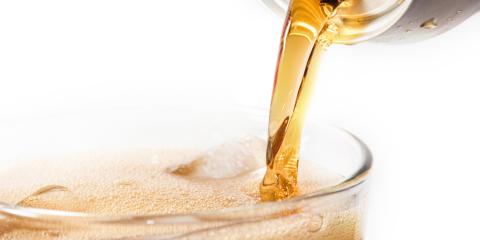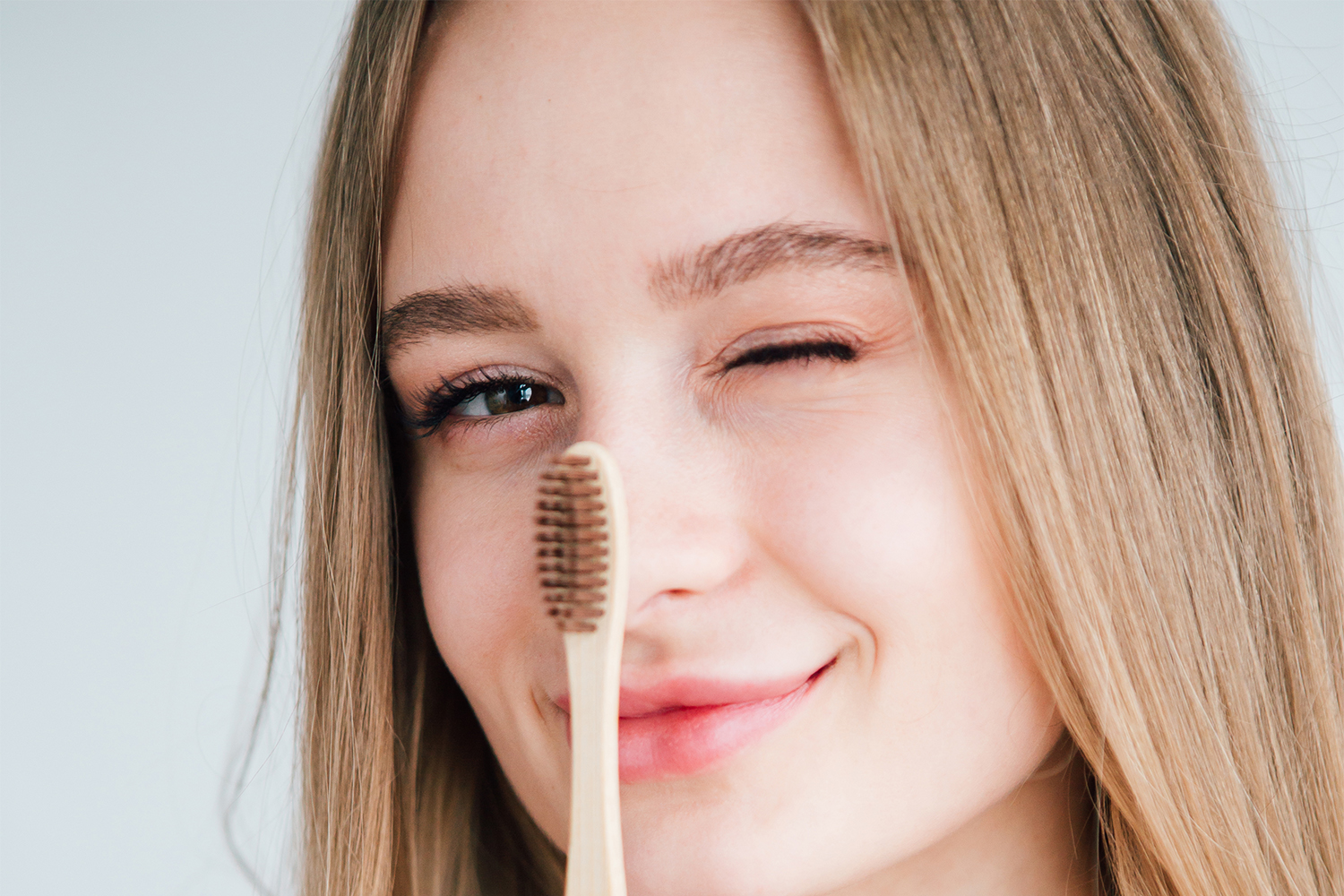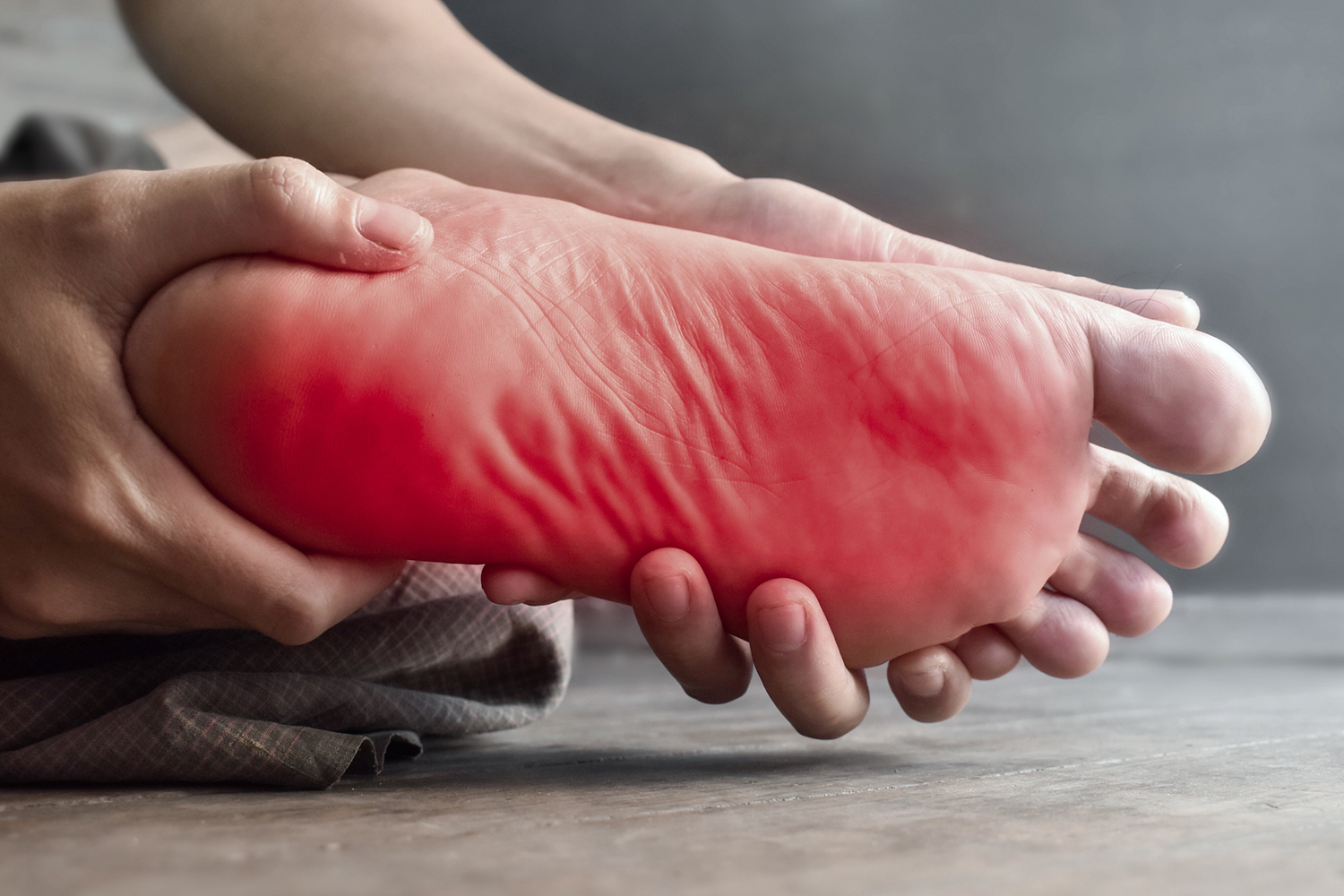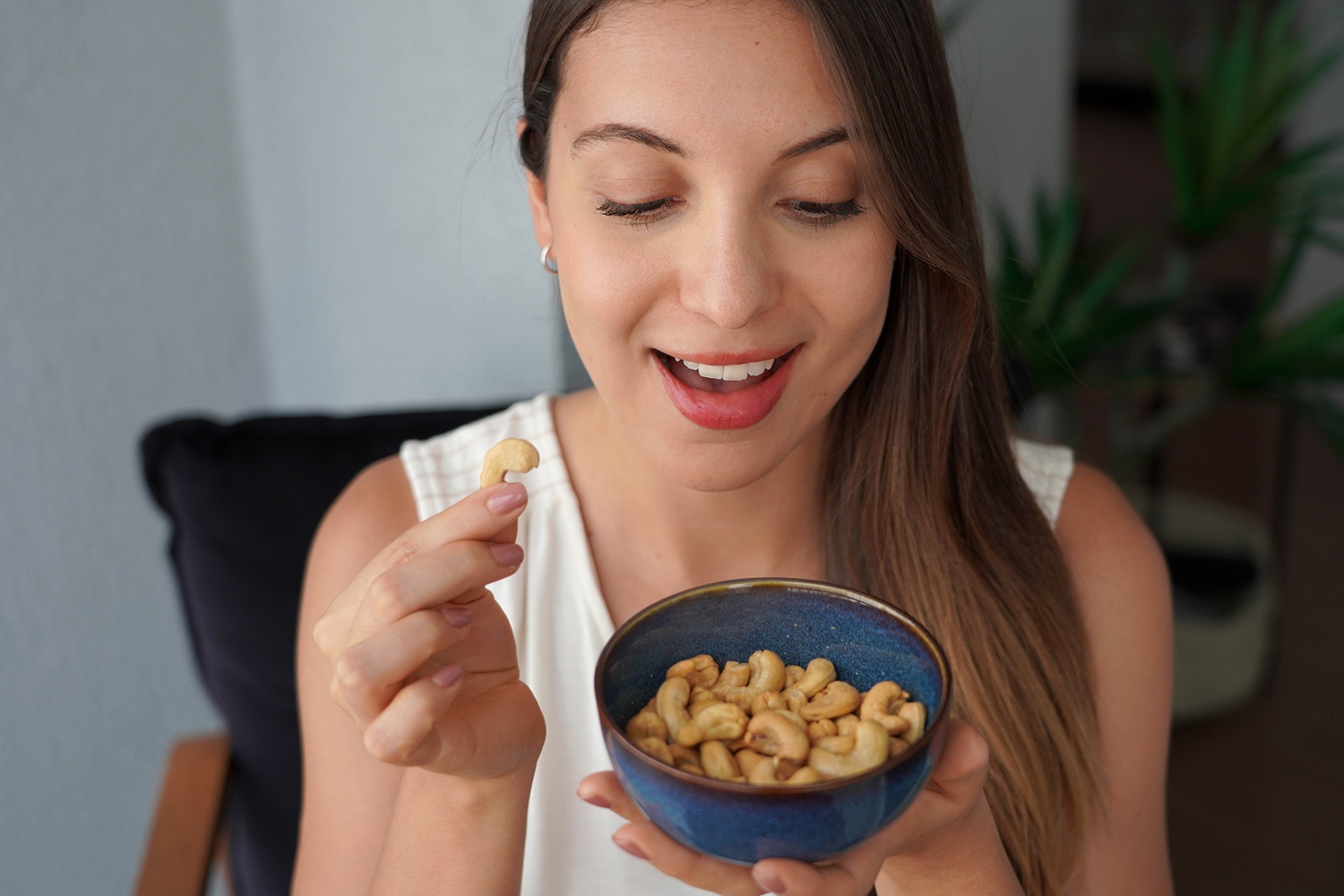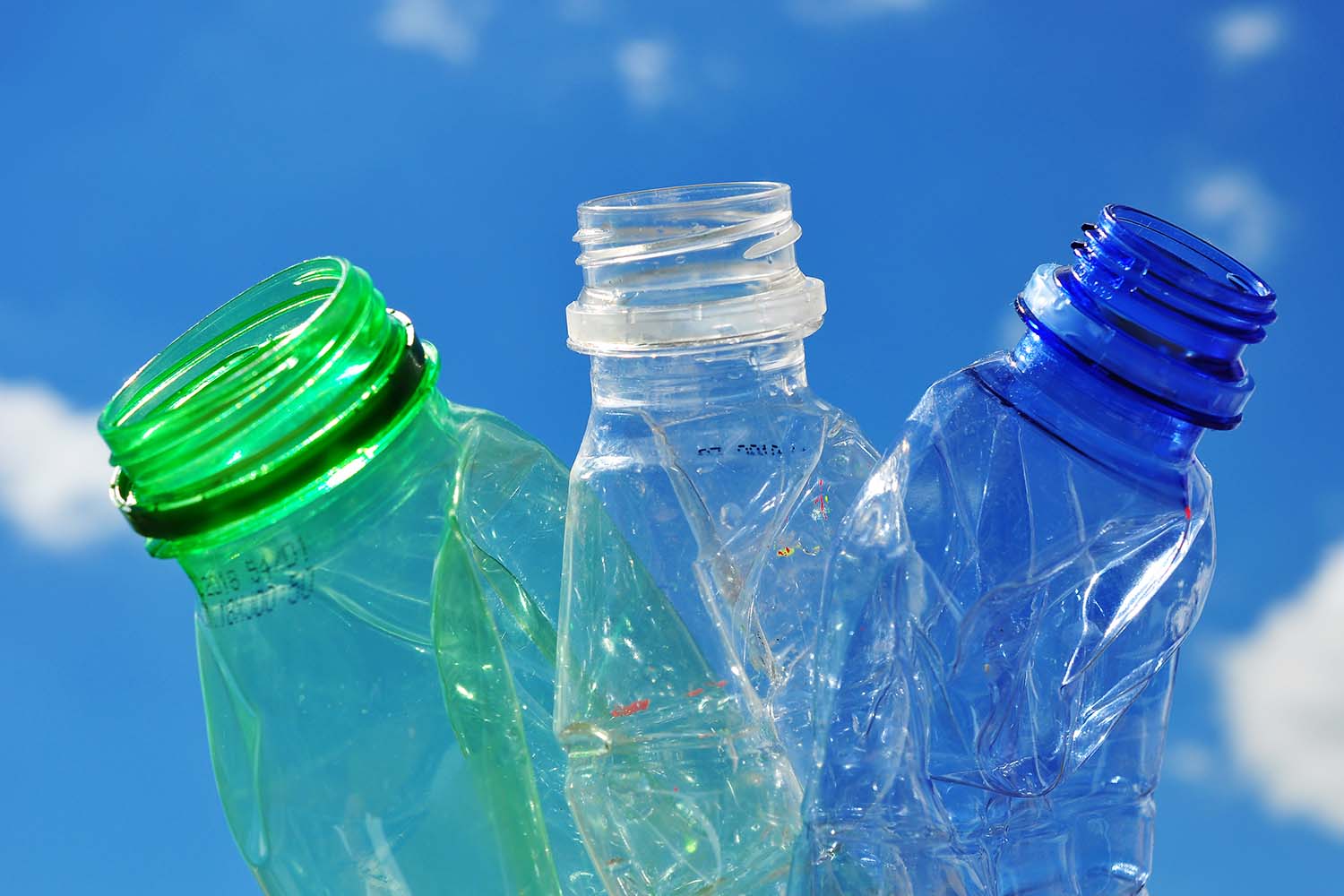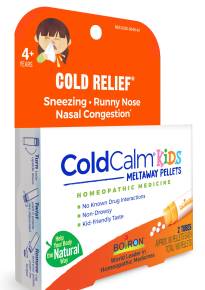Keeping Fleas Under Control
-
Comb Regularly
Whenever fleas are a problem, combing with a flea comb removes shedding hair along with these parasites and their eggs.
-
Spray with Neem
Try spraying your pet and his bedding with natural products containing neem (gentle to pets but toxic to parasites) to prevent infestation. In addition to fleas, neem can help keep your dog free from ticks, lice, mites, flies, and mosquitoes.
-
ACV and Warm Water
Another natural flea preventive is a homemade spray made of 50 percent apple cider vinegar and 50 percent warm water. For best results, use unfiltered, organic apple cider vinegar that has not been pasteurized.
Fill a spray bottle with the solution and spray on your pet’s fur daily. Pay special attention to the base of the tail and behind the ears.
-
Herbal Shampoos
A gentle herbal shampoo that helps repel fleas will contain ingredients such as:
- bergamot
- citronella
- eucalyptus
- geranium
- juniper
- lavender
- neem
- pine cedar
- rosemary
Repel Mosquitoes & More
Diluted essential oils of peppermint and lavender are great for repelling insects.
Usage
First, apply oils to a small area of your pet’s skin to watch for negative reactions. Eucalyptus, lavender, rosemary, rose geranium, or citronella essential oil can also be applied to a heavy-duty woven nylon collar or a bandana.
Use an eyedropper to put one drop of 100 percent pure essential oil on the collar each week. If your dog seems to tolerate the smell, you can try two drops per week.
Precautions
Common sense precautions include always diluting essential oils in a carrier oil (such as grape seed or jojoba) before using them topically.
Do not use these collars on cats, as most essential oils are toxic to them.
Pregnant women should also avoid using undiluted essential oils.
How to Treat a Honeybee Sting
- Honeybees leaves their stingers behind. Gently flick the stinger away or remove it with tweezers.
- Rinse the sting with cider vinegar or strongly brewed chamomile tea.
- A drop of full-strength or diluted essential oil of chamomile or tea tree oil can be safely applied to a bite or sting on most adult dogs as long as you avoid the eye area.
Precautions
Do not use this disinfecting treatment on cats, very small dogs, or young puppies.




